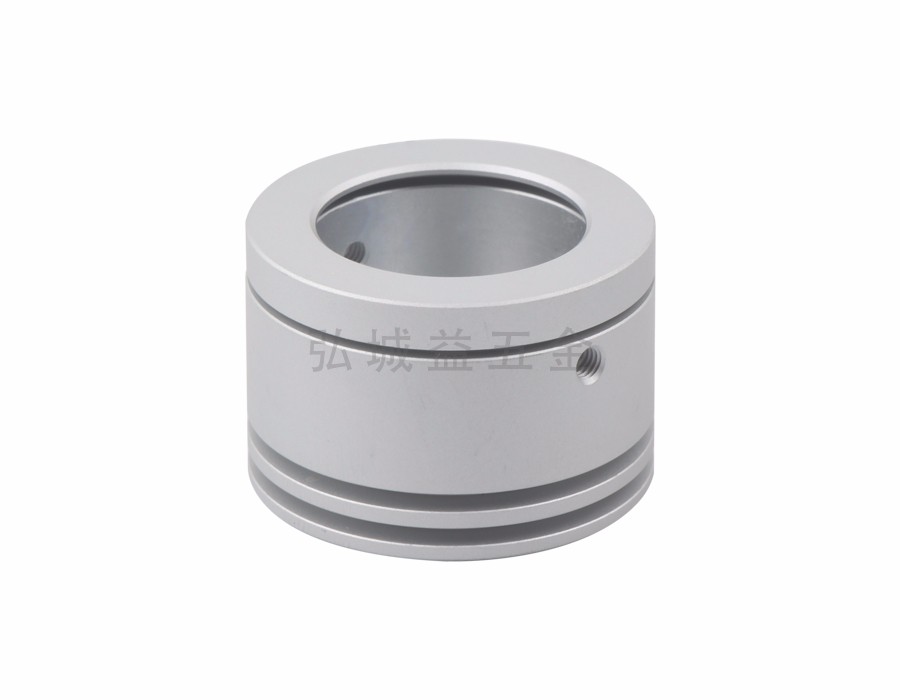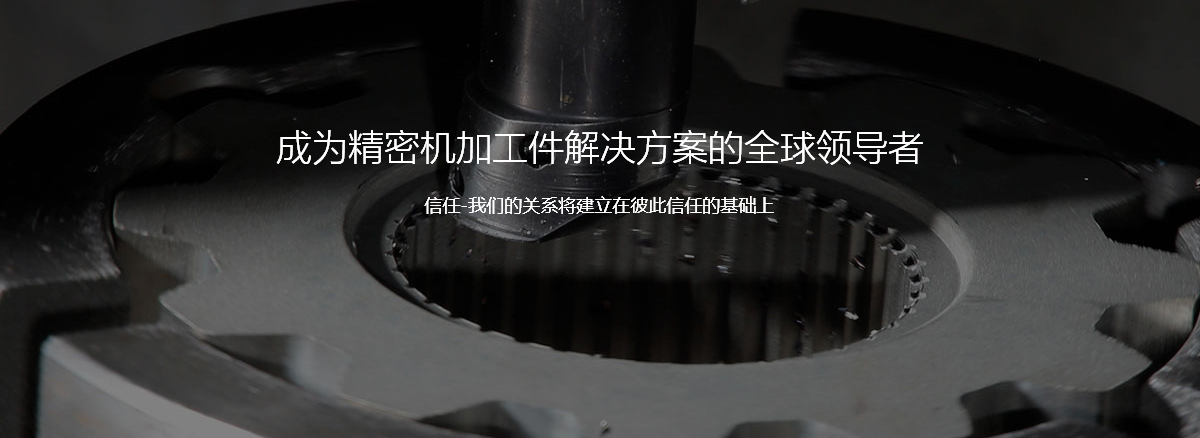In order to improve the survival and competitiveness of mechanical processing manufacturers, among many factors, the key is to rely on improving advanced technology, including advanced high-precision machine tools, high-tech talents, and reliable and correct processing techniques. With the development of modern industry, more and more companies are paying attention to technology. Process documents are the foundation of precision machining enterprises, and their correctness is very important.
A single symbol or data in a process file is crucial, such as dimensional requirements, geometric tolerance requirements, symbols and codes for CNC machining programs in mechanical manufacturing technical documents.

Especially for the processing of precision components, the use of correct process documents directly affects the processing quality and production safety of products. Sometimes, due to the negligence of craftsmen, even minor errors, it may lead to a large number of scrapped precision components, causing certain economic losses to the enterprise.
In the process of precision machining, in order to effectively improve the performance of the product, it is necessary to ensure that most of the remaining parts have been removed when arranging the position of the heat treatment process. Only by ensuring that the parts can be quenched and quenched thoroughly, and also by ensuring that there is enough margin for subsequent processing, can we better ensure the quality of the product.
According to the application purpose, heat treatment in precision machining processes by machining manufacturers can be roughly divided into preparatory heat treatment and heat treatment. The purpose of preparatory heat treatment is to improve mechanical properties, eliminate internal stress, and prepare for heat treatment, which includes annealing, normalizing, quenching and aging treatment.
Machining manufacturers, in mechanical processing, many of them are welded components. Generally, before heat treatment, the post annealing treatment of component welding should be checked to eliminate welding stress. Otherwise, the hardness of the weld after cooling is higher than that of the base material, which is easy to damage the tool and is unfavorable for machining.
After precision machining, there is a process of polishing or grinding, followed by blackening or electroplating. Medium carbon steel is a commonly used material, and depending on the purpose of the workpiece, it needs to be quenched and tempered separately. Plate parts with small loads may not undergo quenching and tempering treatment. For shaft type parts, if they are hollow and have a larger diameter with more hollowing, they can be rough machined first and then quenched and tempered to reduce heat treatment costs. After precision machining, quenching and grinding are carried out. Some parts do not need to be directly quenched through grinding, and the rust prevention process is a final step. The process of chromium steel is similar to that of medium carbon steel, but some parts can be directly quenched without quenching and tempering. The quenching process has an additional option: nitriding treatment with minimal deformation.


